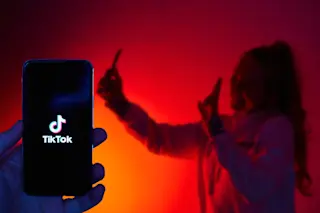There's been a literal firestorm in recent years on the proper meaning of "literally" — including the uproar over its non-literal opposite meaning being added to respected dictionaries
. Language is funny that way. We say things that are utterly false, but we seem to understand what the other person means, regardless. Intrigued by this quirk in communication, researchers built the first computational model that can predict humans’ interpretations of hyperbolic statements. (Literally.)
Separating literal from figurative speech is actually quite complicated. A proper interpretation of a statement depends on shared knowledge between speaker and listener, the ease of communication and knowledge of a speaker’s intentions. It’s relatively easy for humans to do this in an instant, but computational models aren’t as adept at identifying non-literal speech. Researchers from Stanford and MIT set out to create a program that could. They began by asking 340 individuals, recruited through Amazon’s Mechanical ...













